MOUNTAIN WAYNAPICCHU- HUCHUYPICCHU CIRCUIT 4
The circuit that allows you to climb the top of the Huayna Picchu mountain, designed for all adventurers who want to do this hike.
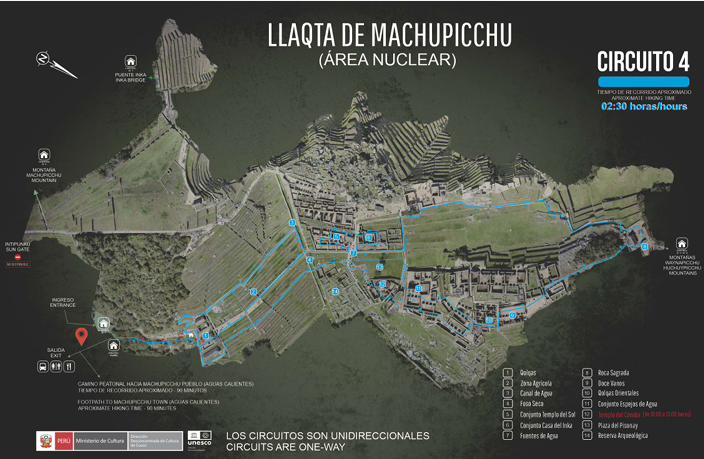
Circuit 4 is the tour that begins in the lower part or the urban sector where you will appreciate attractions such as the Qolqas, the Agrarian Zone, the water channel, dry ditch, Temple of the Sun, the Inka’s house, the fountains and reflecting pools, Plaza Pisonay, the Archaeological Reserve, all part of circuit 3, however, you will also be able to see and appreciate the Sacred Rock, the Twelve bays and the Temple of the Condor. The ticket to enter and carry out this circuit is easily sold out, so it is recommended to buy it in advance of your arrival.
The importance of these Inca enclosures and buildings that constitute a whole in the Inca citadel, make us value the importance and history that our imperial city tells.
First we detail the Qollqas, constructions used as deposits that fulfilled the function of storing all the grains and products that were harvested, these buildings have a ventilation system as well as an optimal drainage system for food preservation, Inca constructions that They fulfilled an important function for the food of all the inhabitants.
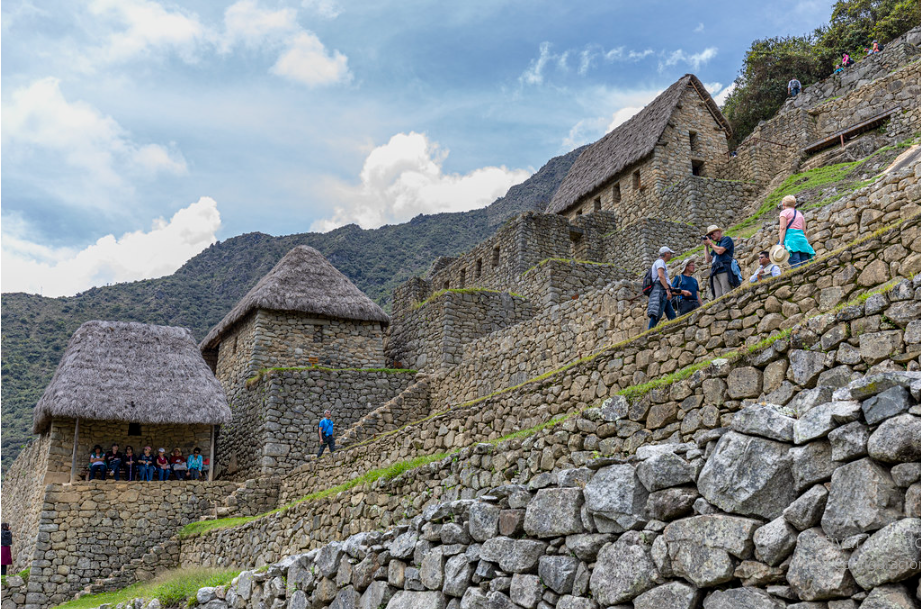
The Agrarian Zone characterized by its stone-based structure, along the route there are cultivation terraces and platforms that fulfilled the function of cultivating and acclimatizing the products as well as facilitating drainage.
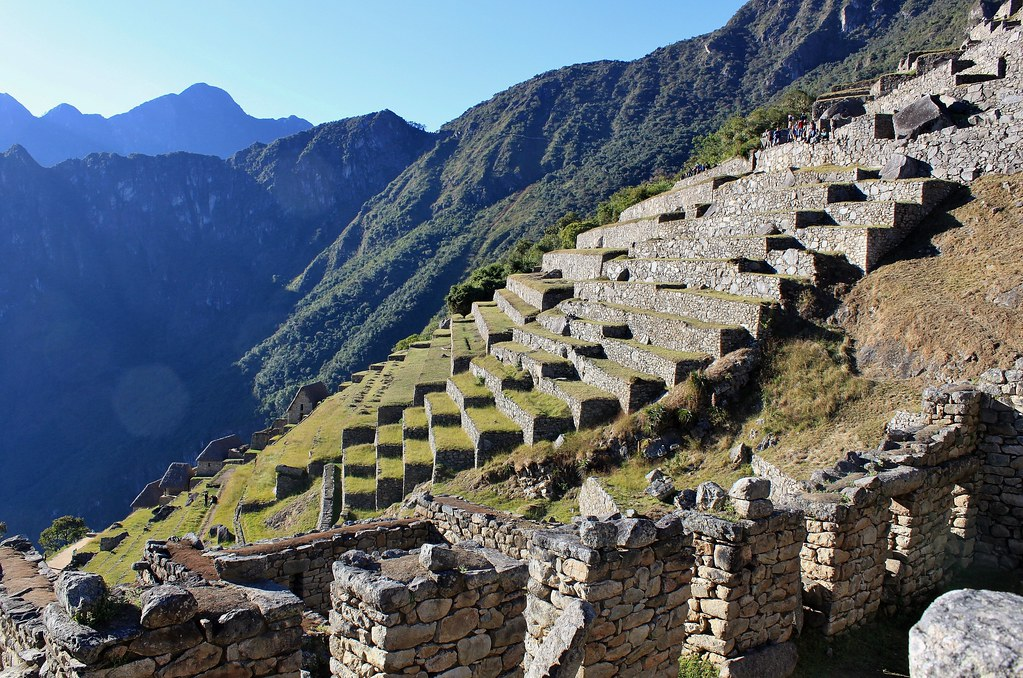
The Water Channel, as its own name indicates, its function was to channel the waters, but they were also used with a liturgical function, where the Incas performed purification ceremonies, made of granite stone are located both in the agricultural sector as urban, they can also be seen throughout the circuit.
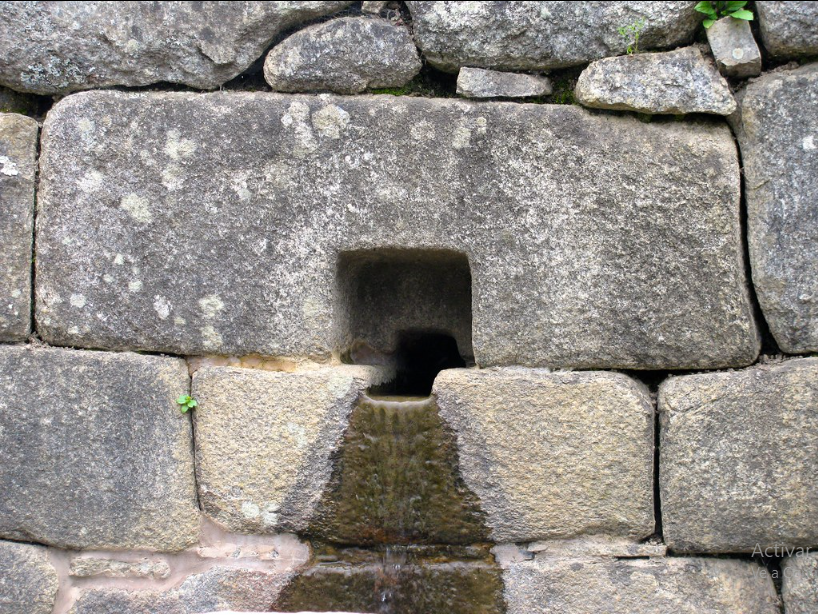
The Dry Ditch is the division of the agricultural and urban areas, also considered as a water drainage and prevents excessive erosion and contributes to the isolation of both sectors.
The Temple of the Sun is a circular-shaped enclosure built by the Incas to worship and give offerings to the sun, one of the most important deities of the Inca empire. To observe the Inca construction, it can be seen from a viewpoint located in a higher part of the temple, also used as an astronomical observatory that allows to know the arrival of solstices and changes of season, it is a sacred building and a recognized tourist attraction within the Citadel.
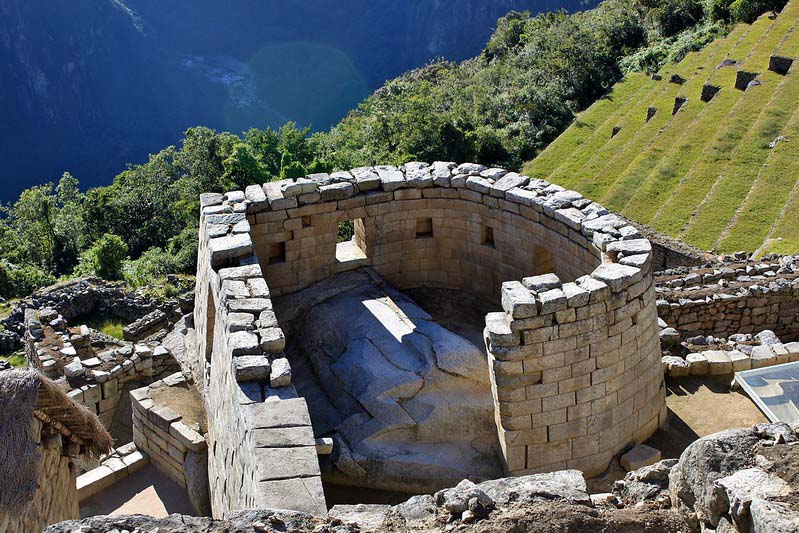
The House of Inca known as the royal residence, an enclosure used as a home for the Inca emperor made with carved granite stone highlighting its fine walls, this enclosure has a central patio, two large rooms and two other small enclosures. Located under the famous Temple of the Sun, the Casa del Inca, due to its fine architecture, is one of the other important and fantastic constructions of Machu Picchu.
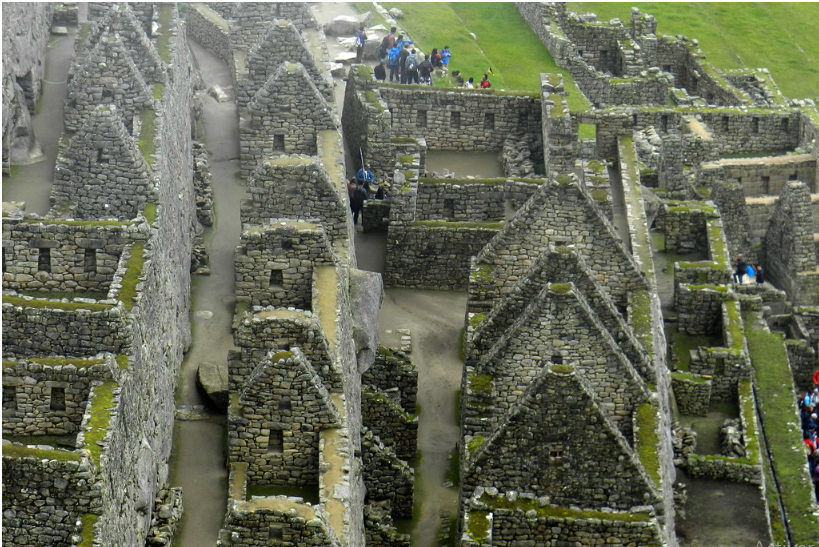
The Water Fountains are a group of water reserves, considered sacred due to the spiritual and divine character that the Incas considered, for this reason the citadel of Machu Picchu has a multitude of fountains and ponds that can be seen along the way. The set of sources is made up of 16 ponds built with fine Inca masonry work and rock carvings, within all of them, there is a predominant source called Wayrana, so it can be deduced that this would have been a source used for commercial purposes. religious and sacred rites by the Inca empire.
The Water Mirrors are two circular constructions, similar to mortars that had the function of containing water and reflecting the sky where the sun, moon and stars rise. Its use was highlighted above all for the reflection of the moon (Killa), where they carried out their rituals in her honor linked to the chastity of women, with prayers, fasting and songs to strengthen their virginity.
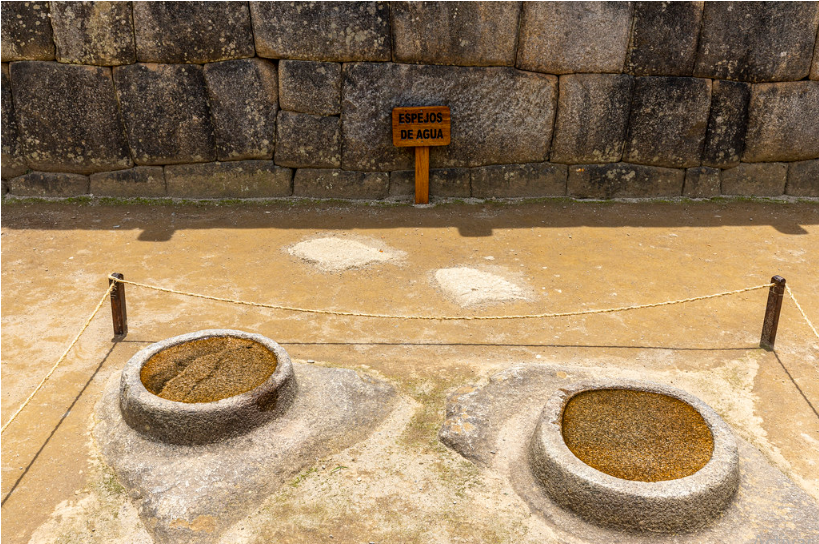
The Plaza Pisonay known in the Inca citadel, because the Pisonay is a tree typical of the Andes Mountains, cultivated by the Incas, located in the sacred square of Machu Picchu, it is the emblematic tree that can be found in various destinations in the mountain included in the citadel of Machu Picchu.
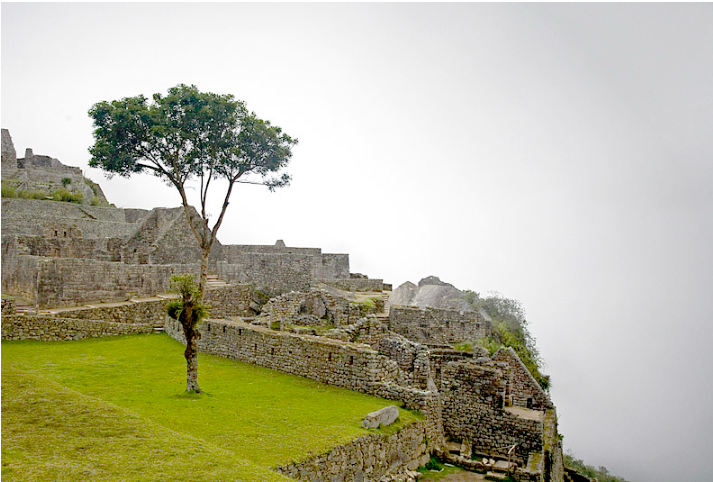
The Sacred Rock, a huge monolith carved by the Incas located to the north of the Inca citadel, has a height of 3 meters with a base of 7 meters, made with granite stone and its fine carving at the base, would indicate that the Incas left offerings and sacrifices. A rock that served as an altar, a central and fundamental element for the cult of the mountain.
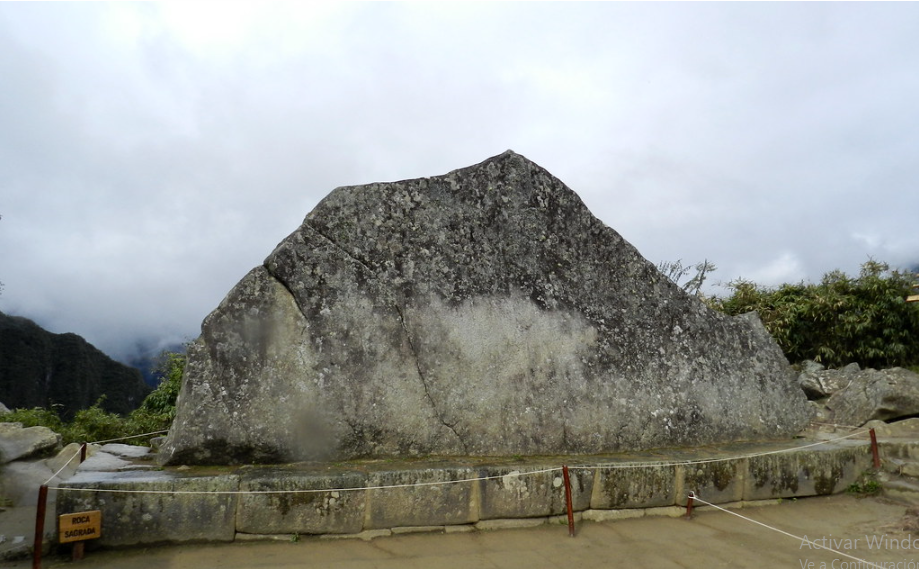
Temple of the Condor is a stone building carved in the shape of wings and the head of a condor, separated into 3 stone blocks that together form the figure of the Andean condor, a bird sacred to the Incas that made up the sacred trilogy of Hanan Pacha, Kay Pacha and the Uku Pacha.
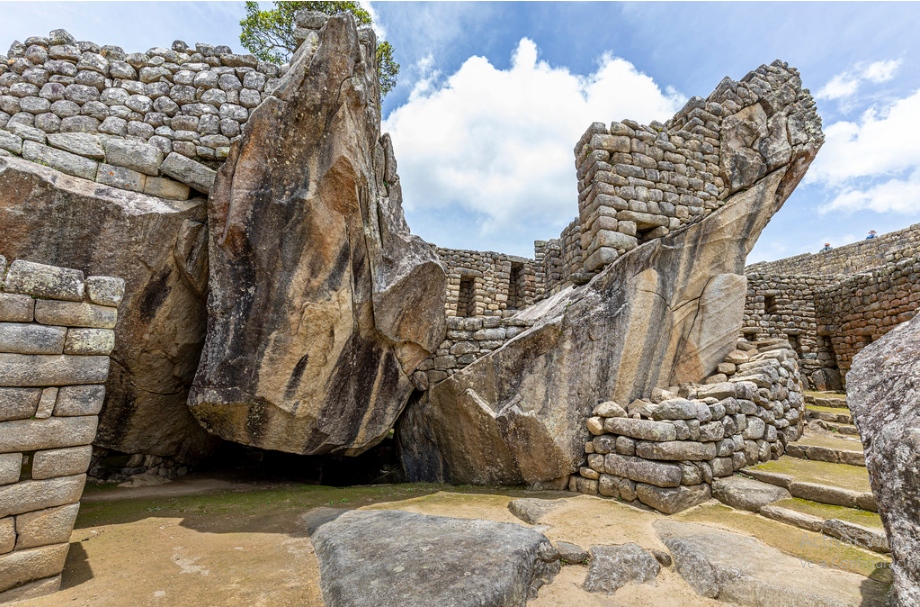
All the complexes, enclosures and Inca constructions appreciated in this circuit 4, it is a tour that is carried out through the lower part or the urban sector, in this circuit you are allowed access to Machu Picchu and you can hike to the top of Huayna Picchu , the most popular route and required by many national and foreign tourists, the top offers spectacular views of any Inca city. The walk is a challenge that cannot be missed, so it is recommended that if you want to do this circuit you must buy your ticket to Machu Picchu with Huayna Picchu and in advance due to its great demand.